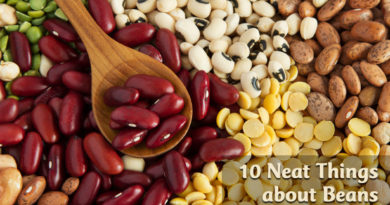Buying Plants
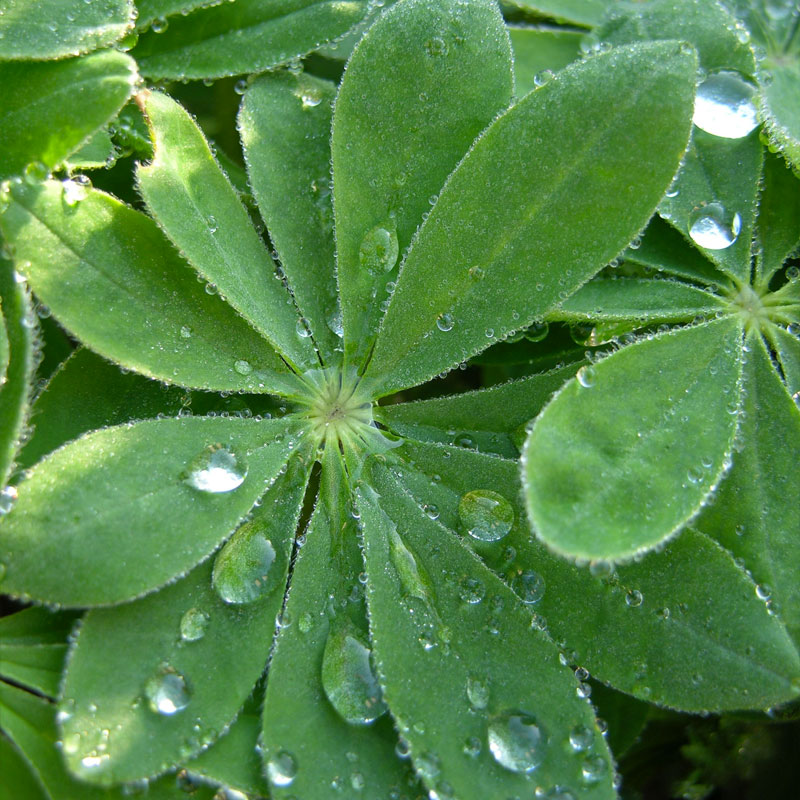
1. Potted plants in bloom (1).
At the garden centre, should you buy plants that are already blooming or not? The question has two answers: yes and no. On one hand, blooming takes plenty of energy from a plant and when you transplant, you need energy to be focused on root development. Plus, if it’s already blooming, what do you have to look forward to? There are many gardens that look fabulous on Victoria Day but have hardly any bloom the rest of the year because the gardener only buys plants on the May long weekend and only buys what’s blooming.
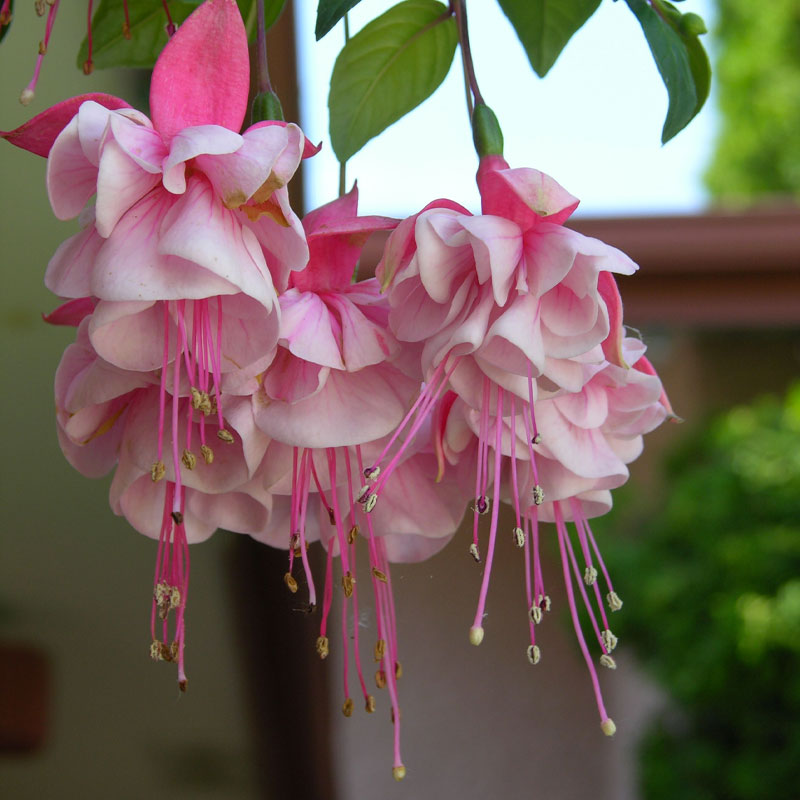
2. Potted plants in bloom (2).
On the other hand, the only way you can tell for sure that you have a plant that blooms in the colour you have your heart set on is to buy it in bloom. Seedling and tissue culture and plant tag mix-ups happen. As anyone who’s been in the retail business a long time can tell you, the mix-ups are most likely to happen to the most ornery customers. So, unless you’re always very sweet to everyone you meet, don’t tempt fate: choose the plant in bloom.
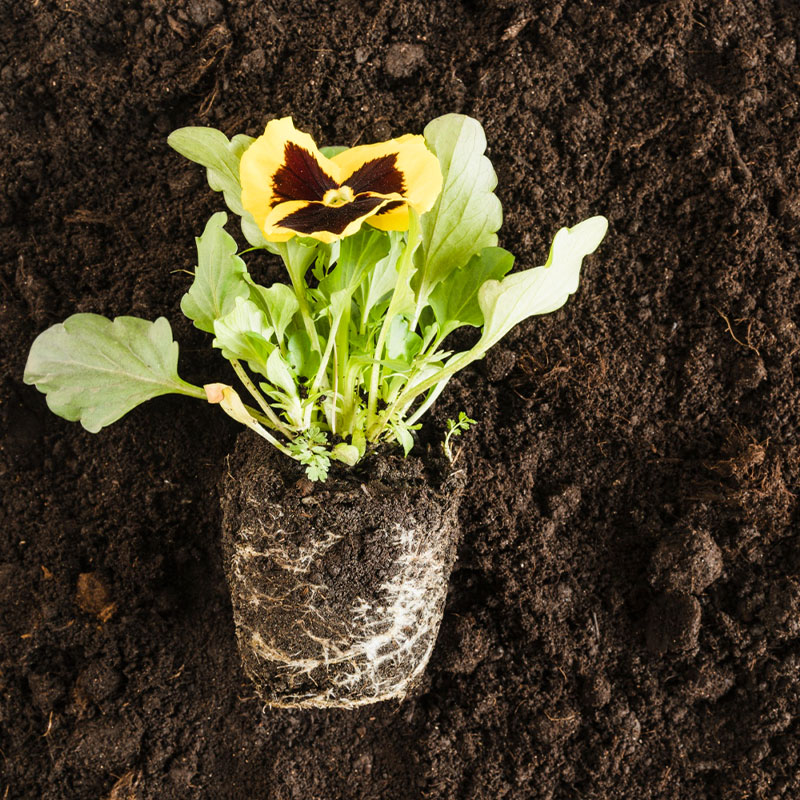
3. Healthy-looking plants.
Most of the time, if a plant looks fresh and healthy up top it’s a good indication that it’s healthy below the soil-line too. But if you have doubt, sneak a peek at the root system or, better yet, ask the nurseryman to show you the root ball. (This is not always practical.) With most nursery stock, the roots will come out of the pack in a moulded lump; they should look fresh and creamy.
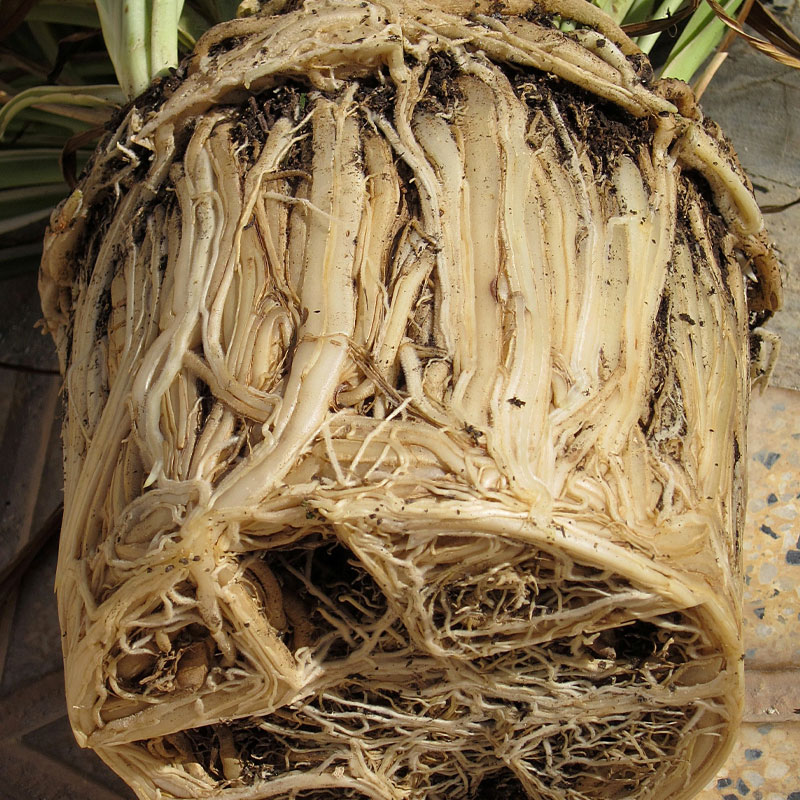
4. Root-bound plants.
Plants are “root bound” when the roots have coiled round and round inside the pot, pretty much taking over all the space. This would be a problem if you were planning on keeping the plant in that pot, but since you’re buying the plant to put in the garden, it may be fine. Recognize that you will have to do a little extra work teasing the roots out of their spiralling growth habit before you put them into the ground. Plants with brittle roots, like peonies or bleeding hearts, are more problematic; try to find specimens that are not root bound.

5. Moss.
The presence of moss on the soil of a potted plant should not be a deal-breaker in your assessment. Moss on the soil simply indicates that the soil in the pot gets no direct sunlight and is kept moist. In a garden centre, the soil surface of potted plants should be kept moist; pots hold a limited amount of moisture, so once the surface is dry, the rest of the soil cannot be far behind, and dried out soil can rapidly lead to root damage. Moss is not harmful to plants and it probably will not survive in your garden anyhow.
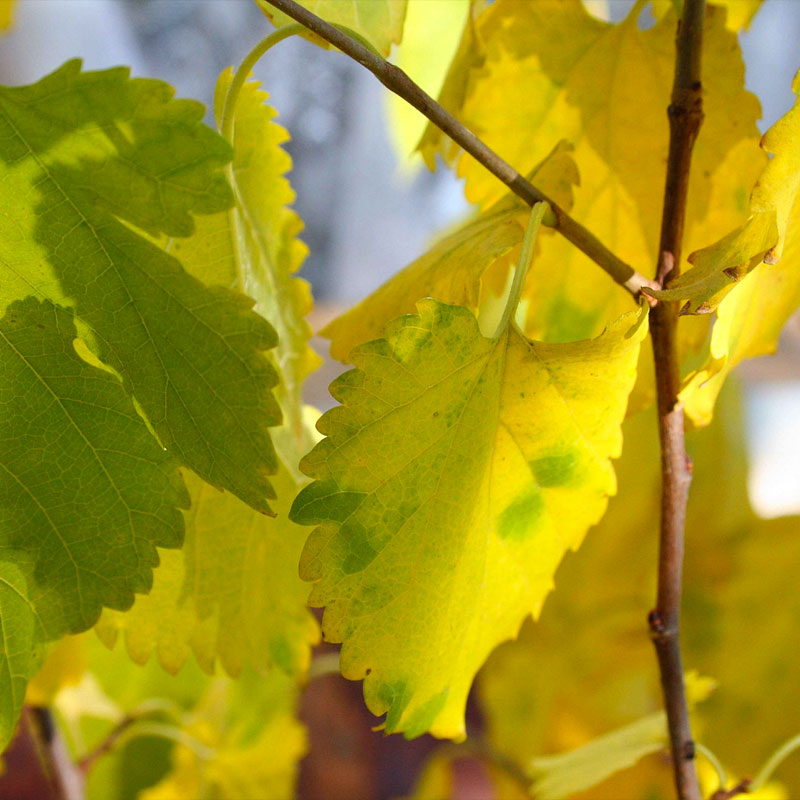
6. Yellowing leaves.
Always examine a plant from the side as well as from the top when you buy it. All other things being equal, opt for a plant without yellowing leaves at the base, but recognize that the yellowing might simply indicate crowding – garden centres and growers need to make maximum use of their space—and the plant will improve with more breathing room in your garden. Don’t purchase a plant if the base is mushy or moldy or if the foliage is spotty; these are signs of poor culture and disease.

7. Bugs.
Even if you see no evidence of insect damage to a plant, examine it really closely for possible infestation. Pay particular attention to the undersides of the leaves, which is where many pests hang out. A couple of sow bugs won’t hurt your plants, but any sign of aphids, spider mites, thrips or — heaven forbid — lily leaf beetles indicates you should drop that plant like a hot potato. If you see such things in a garden centre you trust, point out the issue to a staff person so that the affected plants can be isolated. In a garden centre you aren’t familiar with, examine any prospective purchases very closely or take your business elsewhere.

8. Plant labels.
Plant labels tend to err on the side of caution. I was flabbergasted recently to see common bleeding heart listed as hardy to Zone 4 — which would be a great shock to many gardeners in Zones 2 and 3 with decades-old bleeding hearts. Plant labels are an excellent guide (well, those that say more than “Assorted Annuals”!), but don’t discount your own knowledge if you think you might know better. Any good garden centre won’t sell perennials too tender to survive in your area, at least not without warning you they’re marginal, so if you’re shopping locally, you should be good.
9. Timing.
I say this as an impulse-buyer and dyed-in-the-wool procrastinator who has spent hundreds of dollars on unplanted purchases over the years: buy your plants the day you are going to plant them. They can survive in their pots and cell packs for weeks at the garden centre because they get the right amount of shaded sun and moisture to thrive. Left ignored in your back yard, they will soon perish. That said, if you simply must keep plants in their pots for more than a couple of days, here are the tricks I’ve learned offer the best odds for success: keep them in a place with dappled shade and set them on the lawn or on a bare patch in the garden rather than on concrete or a table (they won’t dry out as quickly) and water them often, possibly every day.
10. Warranties.
Many excellent garden centres offer one- or two-year warranties on their perennials as a gesture of goodwill. Before you seek a refund on a failed plant though, if you want to be truly scrupulous, ask yourself: did you situate the plant according to its light, soil and moisture requirements? Did you take good care of it before you planted it and take the time to plant it properly? Did an animal dig it up? Odds are, it isn’t the fault of your friendly neighbourhood garden centre that the plant died, but if it is, hold them accountable whether they offer a warranty or not. A good garden centre will want to know of a problem so they can prevent it happening in the future.
– Shauna Dobbie
Copyright© Pegasus Publications Inc






